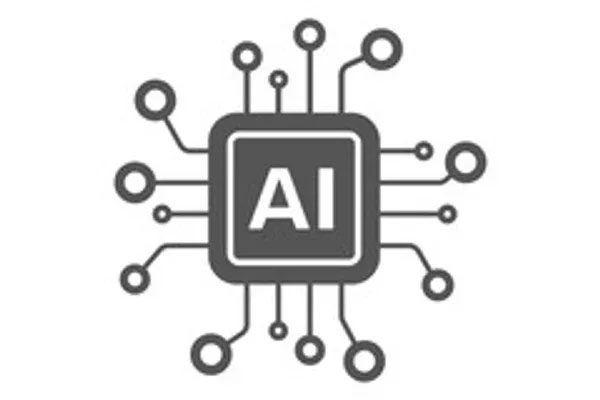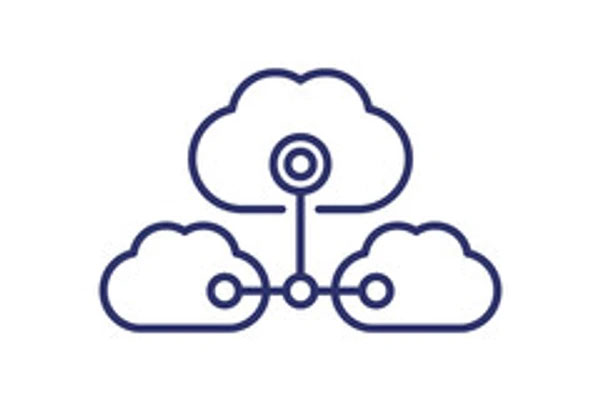According to the industry definition, the Internet of Things (IoT) are physical objects capable of sharing information via networks with us and with each other. They vary in sophistication and capabilities; these physical objects are embedded with sensors and actuators that allow them to communicate with computing systems via wired or wireless networks to be digitally monitored or controlled. Internet of Things (IoT) technology has been evolving for many years. With the adaptation of 5G networks, data governance best practices, the latest security frameworks, and affordable (Software as a Service) SaaS-based solutions, IoT has moved from a tool with limited applications and questionable security into a global phenomenon used by 48 percent of large enterprises.
Currently, IoT solutions are being deployed in Human health, homes, retail, offices, plants, hospitals, farms, vehicles, cities, and outdoor environments for monitoring and predictive analytics.
IoT devices are a great tool to provide enhanced real-time data and, when combined with Advanced Analytics, Artificial Intelligence (AI), and Machine Learning (ML) capabilities, can open doors to autonomous monitoring, freeing managers from unnecessary alerts and preventing disruptions to necessary services or processes and in cases of healthcare environments helping save lives.
It can be overwhelming and challenging for a small and midsize enterprise to design a successful Internet of Things (IoT) implementation approach for their organization. Most of today’s leaders know there are tremendous benefits and value in deploying IoT in their enterprises. Still, many struggle to show predicted ROI, including margins that IoT will bring vs. their current solutions, future resilience, compatibility with their legacy technologies, and who will be responsible when things go wrong with their IoT solution. To overcome and reduce some of these challenges, the following approach can help create a path for a successful IoT venture.
- Define a suitable use case for IoT Define clear business goals, including problem statements, expected outcomes, and success metrics on how they will impact efficiency, productivity, and customer satisfaction for your organization.
- Identify the hardware Based on your business goals, identify the hardware, equipment, and machinery from an existing inventory of the devices and work with your OEM partners to identify new components that will collect comprehensive data needed for your expected outcomes.
- Refine your connectivity layer IoT solutions use various machines, protocols, and formats, including CSV, XML, and JSON. These formats can be easily translated using multiple tools so that edge, legacy, and gateway devices can communicate. Your device vendor can assist in identifying and solving the data transformation between these devices.
- Pick the right data analytics for your use case The sensors attached to the devices generate variant data points that translate to massive datasets. Choosing the right data points to contribute to your defined metrics is the key to a successful use case(s) implementation keeping in mind real-time vs. long-term analysis.
- Carve a path for intelligence insights IoT’s value comes from intelligent algorithms’ actionable insights. There is a high chance that machine learning and predictive analysis can become critical future requirements for your chosen use case(s). When defining the data pipelines for processing the sensor data leave enough space for extension.
- Good data governance and security policy are Key to success Datasets must be carefully anonymized, encrypted, and compressed before coming to the procession. It is mandatory to have a comprehensive governance model for accessing sensitive data and reports. Carefully define the roles and personas for access and identify complex business rules and policies for connecting and accessing the data.
- Process what you need Data processing is expensive and time-consuming. Carefully pick the data points that need to be analyzed to gain vital statistics to get them in real-time analysis. The data pipeline is responsible for transforming, storing, processing, and exploring all the long-term data points, and segregating these data points for long-term archival is an essential part of an IoT solution.
Picking, defining, and implementing the highest impact IoT use case(s) aligned with your business strategy for the maximum ROI (Return on Investment) can give any size organization a substantial competitive advantage. With today’s advanced technology stacks and SaaS-based solutions, IoT solutions are more affordable and implementable for most small and midsize organizations.





